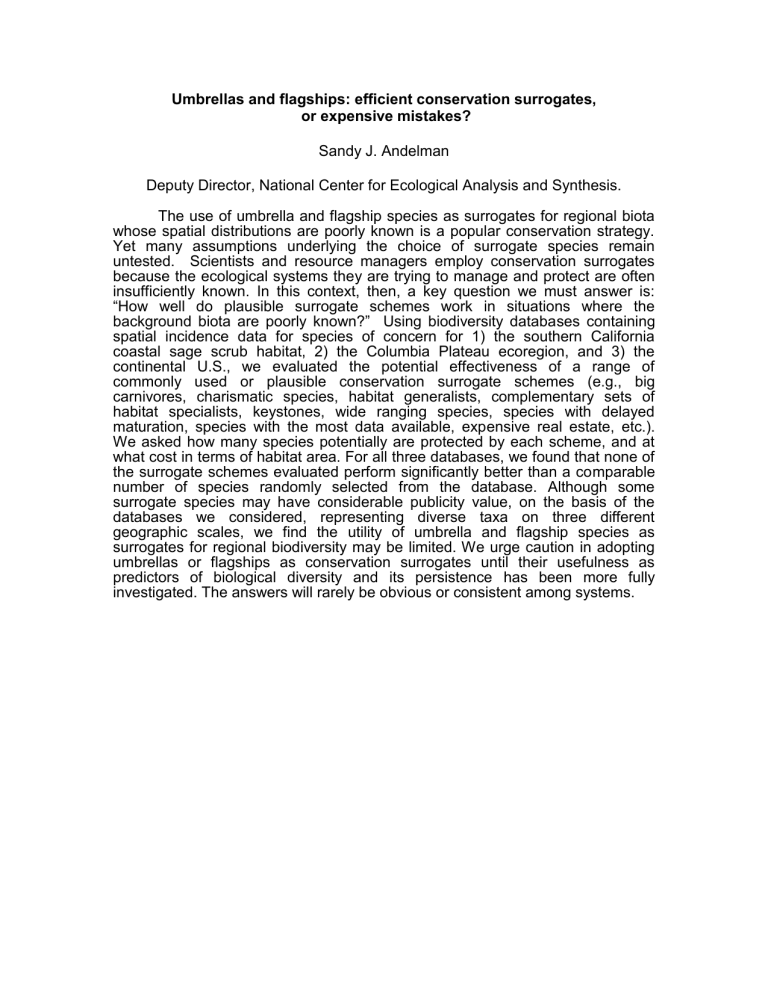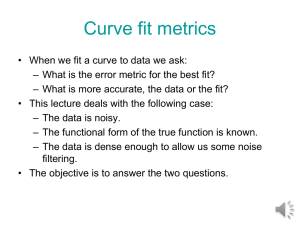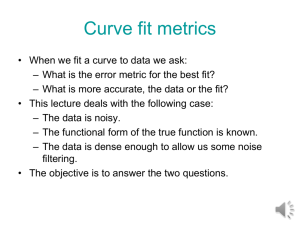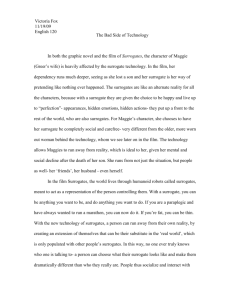Umbrellas and flagships: efficient conservation surrogates, or

Umbrellas and flagships: efficient conservation surrogates,
or expensive mistakes?
Sandy J. Andelman
Deputy Director, National Center for Ecological Analysis and Synthesis.
The use of umbrella and flagship species as surrogates for regional biota whose spatial distributions are poorly known is a popular conservation strategy.
Yet many assumptions underlying the choice of surrogate species remain untested. Scientists and resource managers employ conservation surrogates because the ecological systems they are trying to manage and protect are often insufficiently known. In this context, then, a key question we must answer is:
“How well do plausible surrogate schemes work in situations where the background biota are poorly known?” Using biodiversity databases containing spatial incidence data for species of concern for 1) the southern California coastal sage scrub habitat, 2) the Columbia Plateau ecoregion, and 3) the continental U.S., we evaluated the potential effectiveness of a range of commonly used or plausible conservation surrogate schemes (e.g., big carnivores, charismatic species, habitat generalists, complementary sets of habitat specialists, keystones, wide ranging species, species with delayed maturation, species with the most data available, expensive real estate, etc.).
We asked how many species potentially are protected by each scheme, and at what cost in terms of habitat area. For all three databases, we found that none of the surrogate schemes evaluated perform significantly better than a comparable number of species randomly selected from the database. Although some surrogate species may have considerable publicity value, on the basis of the databases we considered, representing diverse taxa on three different geographic scales, we find the utility of umbrella and flagship species as surrogates for regional biodiversity may be limited. We urge caution in adopting umbrellas or flagships as conservation surrogates until their usefulness as predictors of biological diversity and its persistence has been more fully investigated. The answers will rarely be obvious or consistent among systems.











